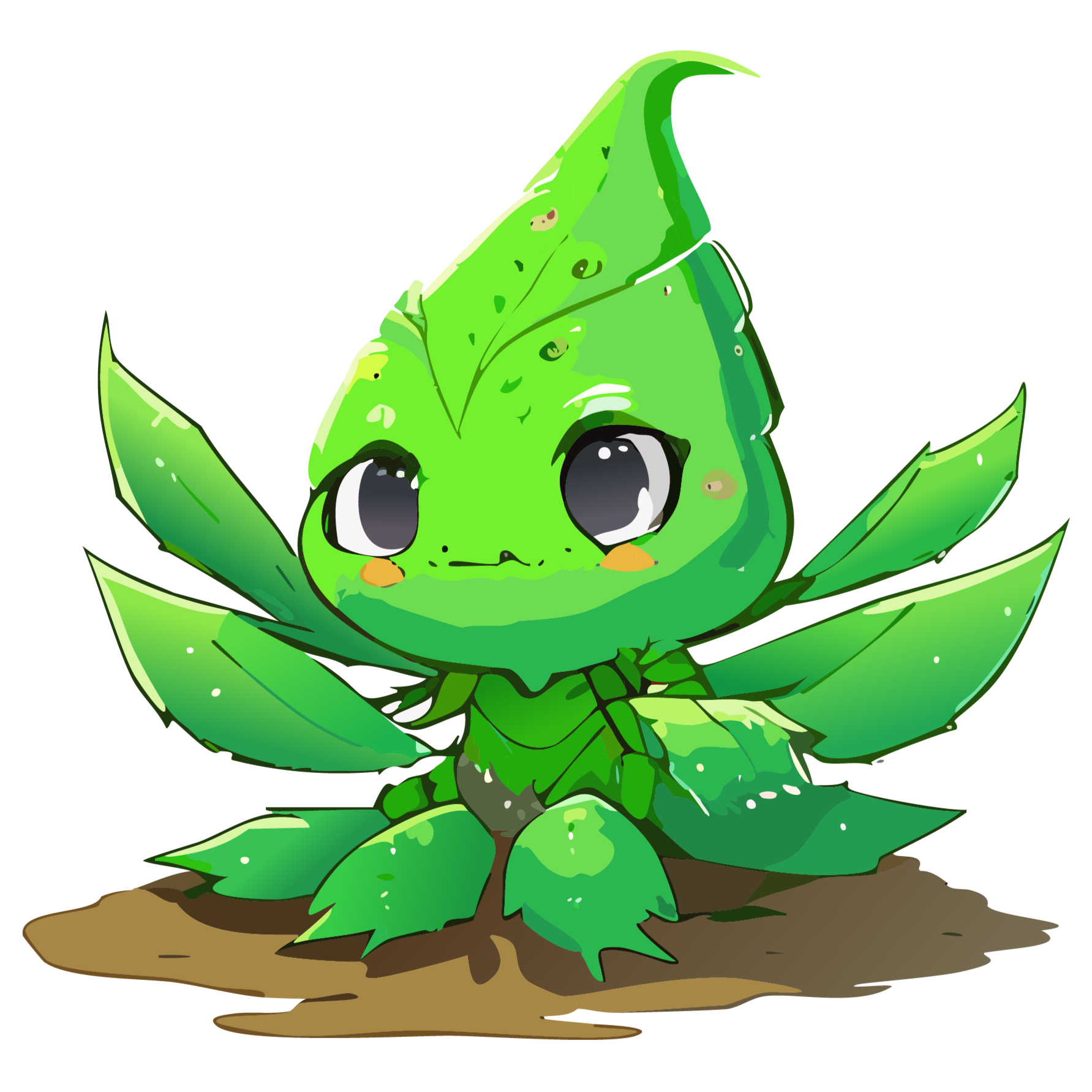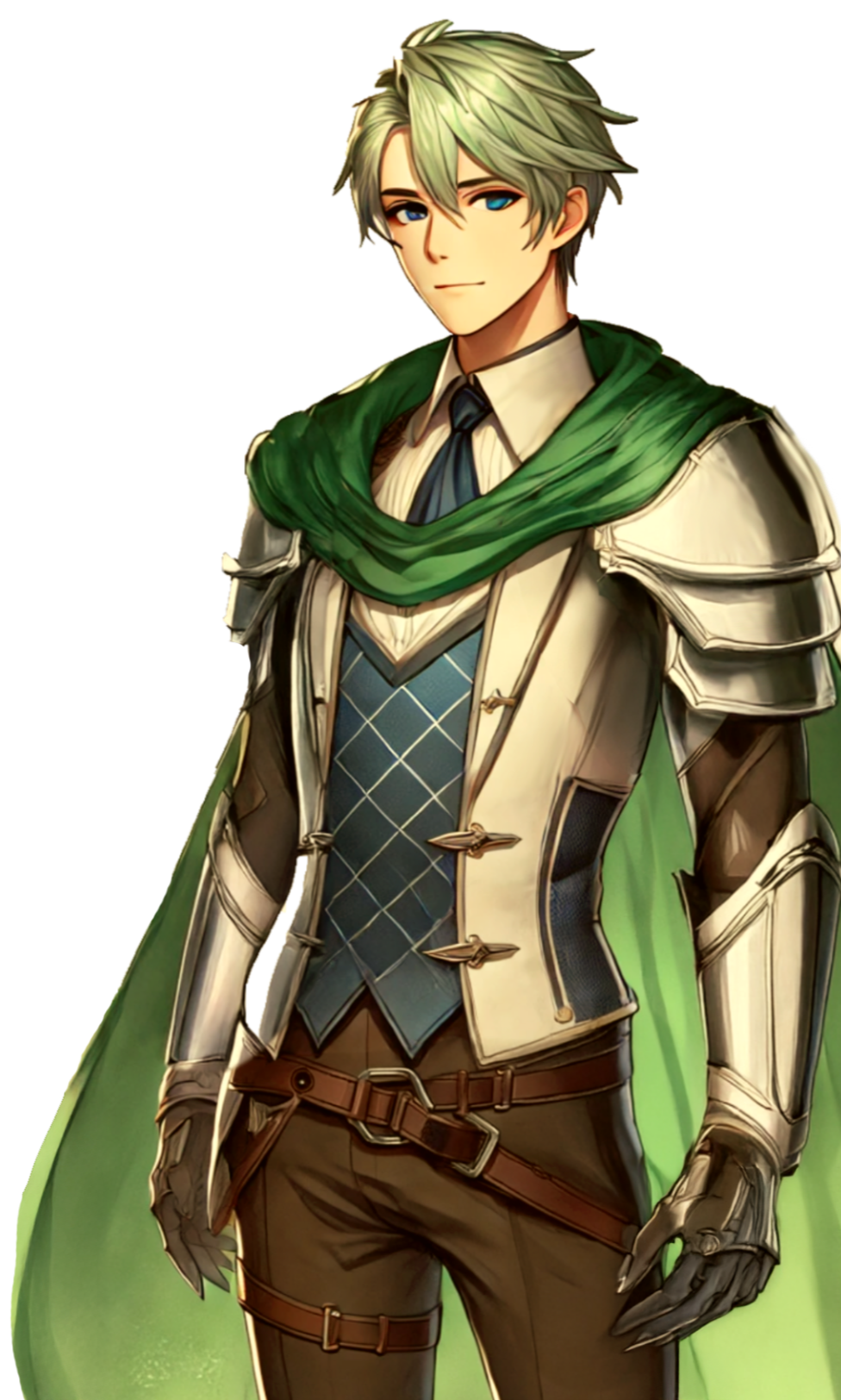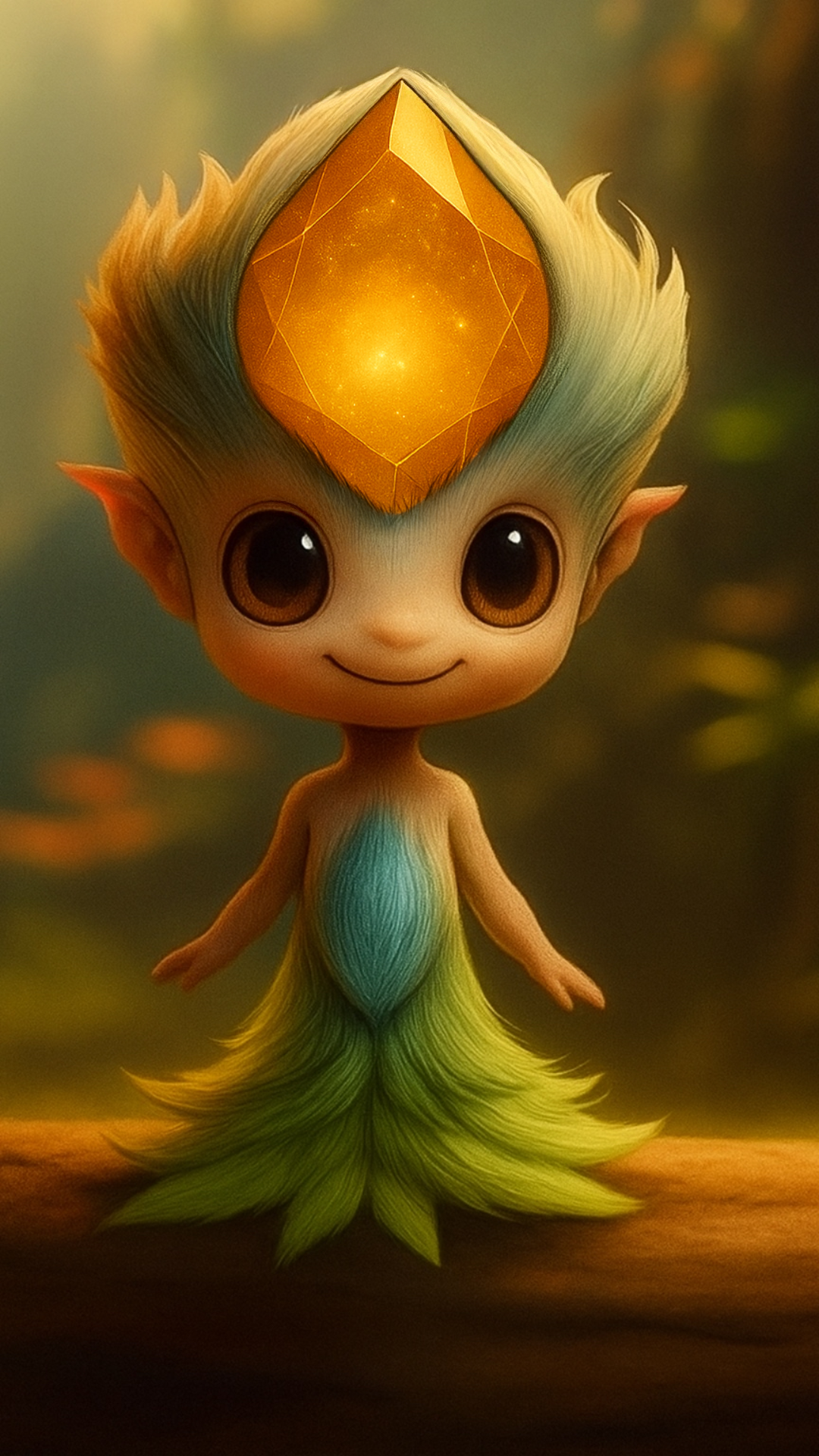
Introduction
What began as a focused academic project evolved into something much larger, a comprehensive fantasy universe that demanded continued exploration and development. eLumi Nation started as a trading card game concept but revealed layers of creative potential that extended far beyond its original scope.
The transition from card game mechanics to full world-building opened up entirely new creative challenges: developing consistent visual systems across 110+ character designs, managing complex narrative continuity, and creating systematic approaches to fantasy IP development.
This expansion required me to balance AI-enhanced workflows with traditional illustration techniques, using Procreate for character design, Photoshop for detailed editing, and Figma for systematic organization and prototyping.
Character Designs
The character list grew a lot, going from a few creatures to over 110 unique designs. Each one had a clear story role and game function that fit well in the world. I found it easier to use AI tools to create detailed 3D, realistic versions of the eLumi and Summoner characters from my hand-drawn sketches or rough images I made for school using Adobe Illustrator. I cleaned up the designs with Adobe Express or Photoshop. Then, I turned these 3D models into polished 2D anime-style illustrations by mixing AI with Procreate and Adobe Photoshop, keeping each design’s unique look and personality. Below is an example of this process for my Flora Leafling character deisign.
Adobe Illustrator AI Image Generation
Adobe Express AI Image Generation (3D)
Procreate & Adobe Photoshop (2D)
The eLumi Creatures (66)
Each eLumi represents not just an elemental type, but a rich philosophy of how that element uniquely manifests and interacts within the world around it. From Corky's spring-loaded resilience bouncing through the Rubble Domain to Sparky's electric wit crackling energetically in the Charge Domain, every creature beautifully embodies both their elemental nature and a vibrant, individual personality. The design challenge was carefully balancing visual cohesion across 11 wildly different elemental themes, all the while ensuring each eLumi felt refreshingly distinct, unforgettable, and full of character.
The Royal Family (6)
The Rubble Domain Royal Family leads the world’s political and magical system. Each member teams up with a Chess-Piece Guardian, adding personality and visual story. King Doran (Spirit King), Queen Laurel (Dark Queen), Prince Jonny (Frost Rook), Princess Rosa (Aqua Bishop), Sir Callum (Aerial Knight), and Julian (Sand Pawn) have designs that mix royal power with friendly traits, influenced by their guardian connections in both look and costume.
Chess-Piece eLumi Guardians (6)
The Royal Family's Chess-Piece eLumi Guardians represent the intersection of strategy, power, and narrative symbolism. Each piece from, King Doran's Spirit King to Jonny's Frost Rook, embodies both chess mechanics and elemental mastery. These designs required careful balance between imposing presence and tactical precision, ensuring they felt like both protective artifacts and living extensions of their bonded family members.
Summoners (33)
The summoners embody the deeply human element in a wondrous world teeming with magical creatures and ancient, enigmatic powers. Each meticulously crafted design captures not only their elemental affinity but also vividly reflects their unique personal journey and the vital role they play within the unfolding, larger prophecy that shapes their fate. The visual challenge was to create characters who feel both grounded and relatable, yet still exist seamlessly within a fantastical realm filled with shimmering crystalline citadels and ethereal, floating spirit guides that hover gracefully and mysteriously around them, adding layers of depth and magic to their story.
The Golgems (11 guides)
Perhaps the most crucial addition to the post-senior project development, the Golgems serve as spiritual mentors rather than traditional companion creatures. Unlike eLumis, they transcend domain boundaries, guiding chosen summoners toward critical decision points in the world's fate. Their design balances ancient mysticism with elemental clarity with each one immediately recognizable as both mysterious and connected to its domain's core identity.
World-Building
The 11 elemental domains of eLumi Nation form a complex web of interconnected realms, each facing domain-specific crises while remaining tied to the central mystery of the Heart of Lumina's fragmentation.
Domain Architecture
Each area needed its own look, from the rocky Rubble Domain to the glowing Charge Domain. I learned to create parallax backgrounds in Procreate Dreams that work for both still images and animation, making layered scenes that feel magical yet real.
Cultural Depth
Each domain created its own culture through writing over time. The Rubble Domain values strength and defense, the Charge Domain focuses on new ideas and quick change, and the Sand Domain stresses patience and slow growth. These differences affect how characters interact and cause political conflicts.
Magical Infrastructure
The world runs on Lumina Energy, a magical power behind creatures' skills and amazing buildings. When the Heart broke, it didn't just spread magical items—it made the energy unstable, changing the weather, how creatures act, and how governments work everywhere.
Story Development
The narrative evolved from a straightforward adventure into a multi-layered prophecy story examining themes of unity, responsibility, and the weight of inherited power.
Character Arc Integration
Jonny's journey from reluctant prince to prophetic figure anchors the larger story, but the expanded cast allows for multiple perspectives on the same central conflict. Emily's technical curiosity, Laiken's diplomatic nature, and Kieran's pragmatic leadership create a ensemble dynamic that prevents any single character from carrying the entire narrative burden.
The Shards Subplot
The introduction of the Heart of Lumina's fragments created a quest structure that's both geographically sprawling and emotionally intimate. Each shard discovery forces characters to confront not just external threats, but their own assumptions about power, legacy, and sacrifice.
Prophecy and Choice
The story deliberately avoids a predetermined "chosen one" narrative. Instead, the prophecy presents a fundamental choice: restore the Heart and risk repeating past mistakes, or destroy it and accept permanent fragmentation. This uncertainty drives character development and reader engagement throughout the expanded storyline.
Continuity Challenges
Revising the story while maintaining consistency across 75+ chapters required systematic attention to character presence, Golgem abilities, and the treatment of magical artifacts. The challenge was ensuring that late-story developments felt both surprising and inevitable based on earlier character work.
Gameplay Exploration
While primarily a narrative world, eLumi Nation's structure naturally suggested multiple gameplay applications, from trading card mechanics to cooperative board game possibilities.
Card Design Systems
I developed comprehensive card templates in Figma that could accommodate different gameplay mechanics while maintaining visual consistency. The challenge was creating a system flexible enough for creature cards, summoner profiles, location effects, and spell/item cards while ensuring immediate visual differentiation.
Elemental Interaction Matrix
The 11-domain elemental system creates natural gameplay complexity through interaction possibilities. Rather than simple rock-paper-scissors relationships, the system allows for combination effects—Charge + Frost creates lightning storms, Flora + Aqua generates healing mists, Sand + Magma forms volcanic glass barriers.
Cooperative Mechanics
The story's emphasis on unity across domains suggested cooperative gameplay rather than purely competitive mechanics. Players would need to coordinate elemental abilities to overcome domain-wide threats, mirroring the narrative's themes of collaboration over individual power.
Scalable Complexity
The game concepts range from accessible entry points (basic creature collection) to complex strategic gameplay (multi-domain coordination, prophecy decision trees). This scalability allows the IP to serve different audiences while maintaining core thematic consistency.
Process & Technical Innovation
AI-Enhanced Workflows
Rather than replacing traditional illustration, AI tools enhanced my ability to explore concepts rapidly and maintain consistency across the expanded character roster. The technology proved most valuable for generating initial concepts and ensuring visual cohesion across different elemental themes.
Systematic Design Approach
Managing 110+ character designs required systematic organization. I developed template systems in Figma for creature stat blocks, summoner profiles, and environmental layouts, ensuring efficient iteration while maintaining quality standards.
Cross-Media Considerations
Every design decision considered potential applications beyond static illustration—character designs needed to work for animation rigging, environment layouts required parallax layer separation, and UI elements needed scalable vector formats.
Version Control Challenges
The iterative nature of world-building created complex continuity management requirements. I developed documentation systems to track character relationships, timeline consistency, and magical system interactions across multiple story drafts and design iterations.
Project Impact & Future Development
eLumi Nation demonstrates the potential for independent IP development using a combination of traditional artistic skills and modern digital workflows. The project bridges multiple disciplines—narrative design, visual development, game system prototyping, and brand identity creation—while maintaining thematic coherence throughout.
The world remains a living project, with ongoing story development, character design expansion, and gameplay system refinement. Each new element strengthens the overall IP value while exploring different aspects of the core fantasy framework.
This comprehensive approach to world-building showcases how systematic creative processes can transform initial concepts into fully-realized fictional universes ready for multiple media applications.






















